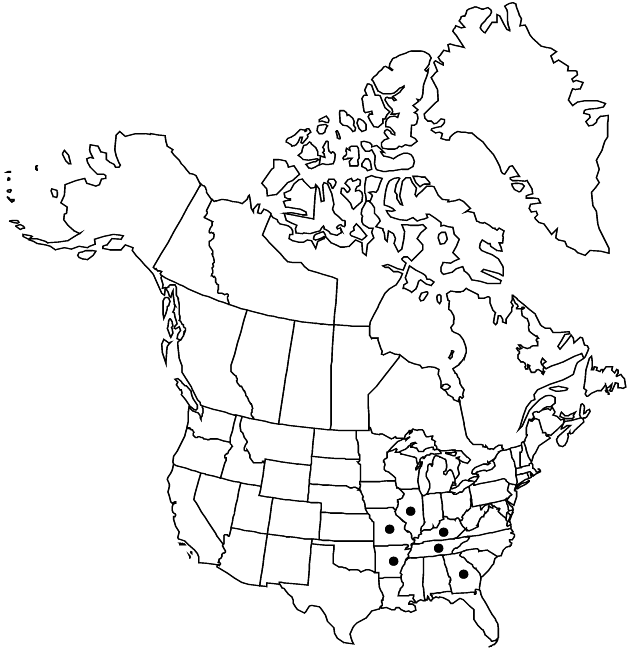Difference between revisions of "Echinacea simulata"
Sida 3: 282. 1968.
FNA>Volume Importer |
FNA>Volume Importer |
Revision as of 18:47, 24 September 2019
Plants to 100 cm (roots fusiform, branched). Herbage sparsely to densely hairy (hairs spreading). Stems mostly green to purplish. Basal leaves: petioles 4–20 cm; blades (1-), 3-, or 5-nerved, linear to lanceolate, 5–40 × 0.5–4 cm, bases attenuate, margins entire (usually ciliate). Peduncles 20–40+ cm. Phyllaries lanceolate to ovate, 7–15 × 1.5–3.5 mm. Receptacles: paleae 10–14 mm, tips pinkish to purple, incurved, sharp-pointed. Ray corollas rose to pink or white, laminae drooping to reflexed, 40–90 × 4–7 mm, glabrous or sparsely hairy abaxially. Discs conic to hemispheric, 20–30 × 20–30 mm. Disc corollas 5–6.5 mm, lobes pink to purplish. Cypselae tan, 3–4.5 mm, faces smooth, usually glabrous, sometimes (rays) hairy; pappi to ca. 1 mm (usually without major teeth). 2n = 22.
Phenology: Flowering late spring–summer.
Habitat: Rocky, open, wooded hillsides, prairies
Elevation: 100–400 m
Distribution

Ark., Ga., Ill., Ky., Mo., Tenn.
Discussion
Echinacea simulata has been reported as introduced in Illinois (http://www.natureserve.org).
Selected References
None.